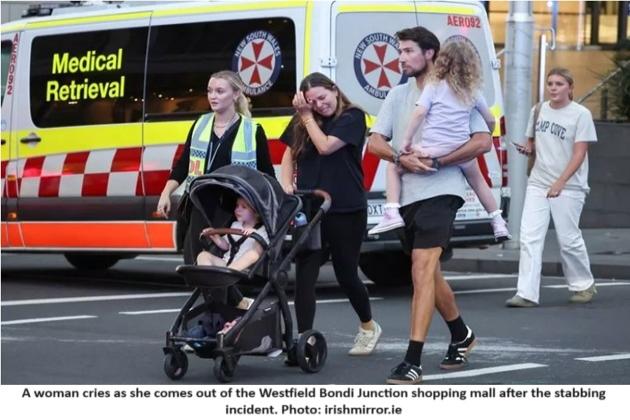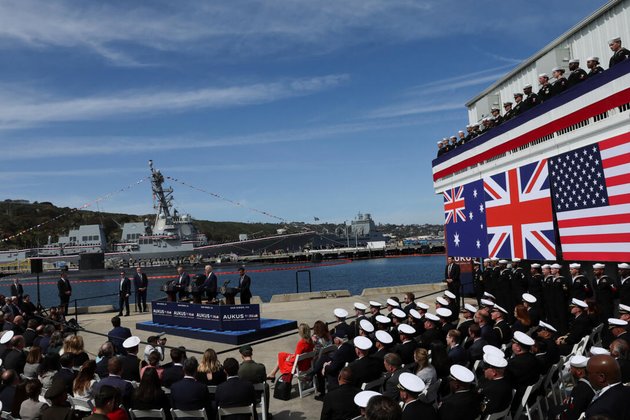Mission: Impossible—Fallout
Aug 5, 2018
Christopher McQuarrie’s Mission: Impossible’”Fallout is a great, unapologetic nose-dive into old-school, free-fall, red-meat action that plays as a stark reminder of why physical presence and real stunts still have the cinematic upper hand over CGI and green screens, no matter how technologically sophisticated and convincing. Helicopters play chicken through tight mountain passes in Kashmir, motorcycles careen through the streets of Paris, and star Tom Cruise hurtles himself from a plane 25,000 feet in the air. The movie leaps nimbly and confidently from one massive action setpiece to the next, and each one has its own unique pleasures and tensions that build on the previous; the impossible is always made possible and always just within the realm of the believable, even as you watch in disbelief.
The joy of the Mission: Impossible franchise’”which has now entered its third decade and, against all odds, keeps getting better’”has always been its gall, its unwavering confidence in setting before us the utterly absurd and getting us to buy right in time and time again (the rubber masks that are often used to disguise a character’s identity being the definitive example). It is perhaps the highest praise I can give the film that one of the best sequences involves nothing more than Tom Cruise running across the rooftops of London’”leaping from roof to roof, cutting across narrow ledges, leaping out of windows when necessary’”in desperate pursuit of a villain who isn’t even aware that he’s running after him. The sequence works not because of aesthetic verve, but because Cruise and McQuarrie invest it with such absolute conviction. You can literally feel Cruise giving it his all’”physically, emotionally’”as he sprints across the frame, leaving everything on the screen.
We are now six films deep into the franchise, although the first two films, Brian De Palma’s Mission: Impossible (1996) and John Woo’s Mission: Impossible II (2000), now feel like experiments in a different franchise altogether, one in which each entry would be distinctly different from the previous. Starting with J.J. Abrams’s Mission: Impossible III (2006), the series moved in a different direction, launching a long-running narrative arc and set of returning characters that more clearly bound the successive films together. While Abrams has stayed on as a producer, he handed the directorial reigns first to Brad Bird for 2011’s Ghost Protocol and then to McQuarrie for 2015’s Rogue Nation, whose storyline funnels right into Fallout, bringing back several characters introduced in that film, including the nefarious villain Solomon Lane (Sean Harris), whose years of imprisonment have transformed him from slick and clean-shaven to wild-eyed and bearded, which gives his involvement with a plot hatched to detonate three nuclear weapons at major sites around the world a crusading religious vibe.
Once again standing in his way is Ethan Hunt (Cruise), the aging star of the IMF (Impossible Mission Force) who, while never explicitly articulating it, has clearly grown world-weary, but without losing his moral conviction and commitment to the greater good, which is what keeps him accepting all those impossible missions. The assignment that kicks off Fallout involves Hunt and his IMF colleagues Luther Stickell (Ving Rhames) and Benji Dunn (Simon Pegg) getting ahold of three atomic cores to keep them from falling into the hands of an apocalyptic group known as The Apostles, but end up losing them mainly because Hunt can’t stand to lose one of his team. This doesn’t sit well with Alan Hunley (Alec Baldwin), the head of the IMF, and it sits even worse with CIA director Erica Sloan (Angela Bassett), who comes to distrust Hunt enough that she saddles him with one of her own, a tall, steely, musachioed agent named August Walker (Henry Cavill) who does not share Hunt’s distaste for direct violence.
After that, the movie is off and running around the world, with Hunt and Walker skydiving onto the glass roof of the Grand Palais in Paris and facing down a ruthless arms dealer (Liang Yang) in what has to be the world’s brightest, cleanest, whitest, most deserted men’s room. The location provides great backdrop for a vicious three-way brawl that is finally ended by Ilsa Faust (Rebecca Ferguson), the is-she-or-isn’t-she? double-triple-quadruple British spy who first caught Hunt’s eye in Rogue Nation. The romantic chemistry isn’t explicit, but it’s palpable, which makes it all the more difficult that Hunt and Ilsa have competing assignments that they are both willing to pursue with everything they have.
The story, written by McQuarrie, twists and turns all around, with Hunt at one point being framed as the villain before the true baddie emerges. It is punctuated throughout with action sequences that rely heavily on real stunts, real locations, and the convincing illusion that the stars are really in danger. McQuarrie has no qualms about borrowing from the greats, and old-schoolers will immediately recognize the debt owed to The French Connection (1971) in a Paris car chase and the majority of the ’70s James Bond films everywhere else. But, it works because McQuarrie sells it with little fuss and a whole lot of guts; he transforms the familiar and the formulaic into something truly pulse-pounding, especially the grand climax that finds Luther and Benji trying to disarm two nuclear weapons while Hunt pursues the villain (and a crucial key he holds) in a mountainous helicopter chase that culminates in mano-a-mano fisticuffs at the edge of, and then over the edge of, a sheer cliff. The fact that all of this supposedly transpires during a 15-minute countdown is utterly ridiculous, but it works in racheting up the tension so high and leaving you so exhausted that you’re town between wanting an eighth installment and hoping they end it all here, at this amazing high point. It never hurts to go out on top.
Copyright © 2018 James Kendrick
Thoughts? E-mail James Kendrick
All images copyright © Paramount Pictures



